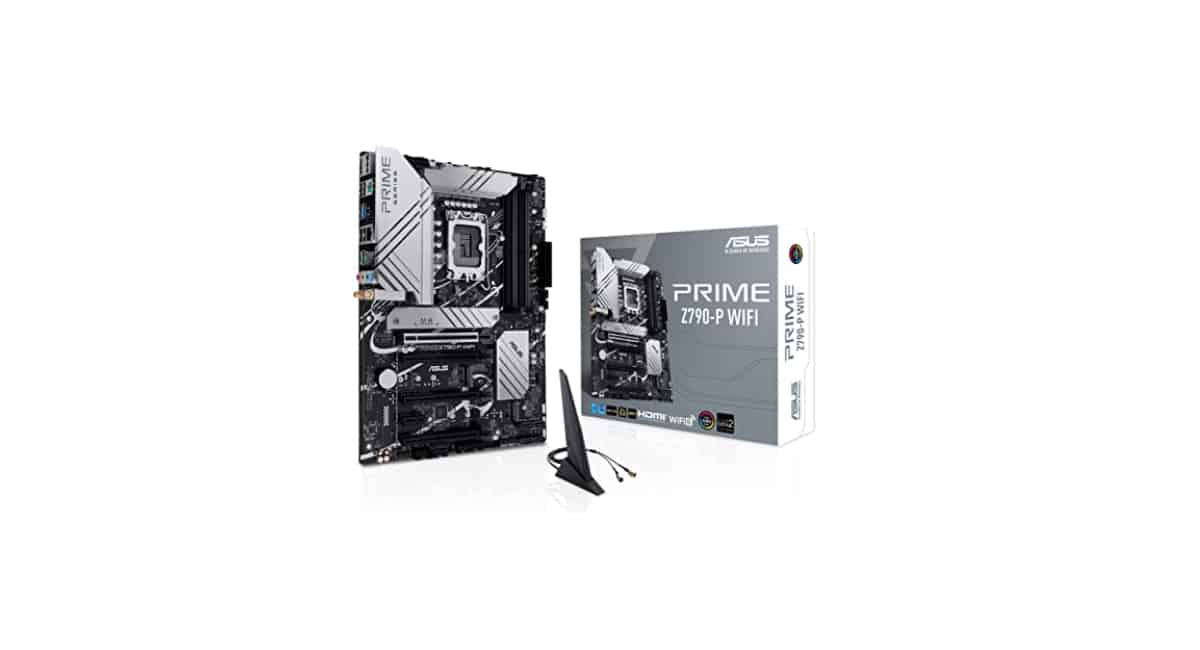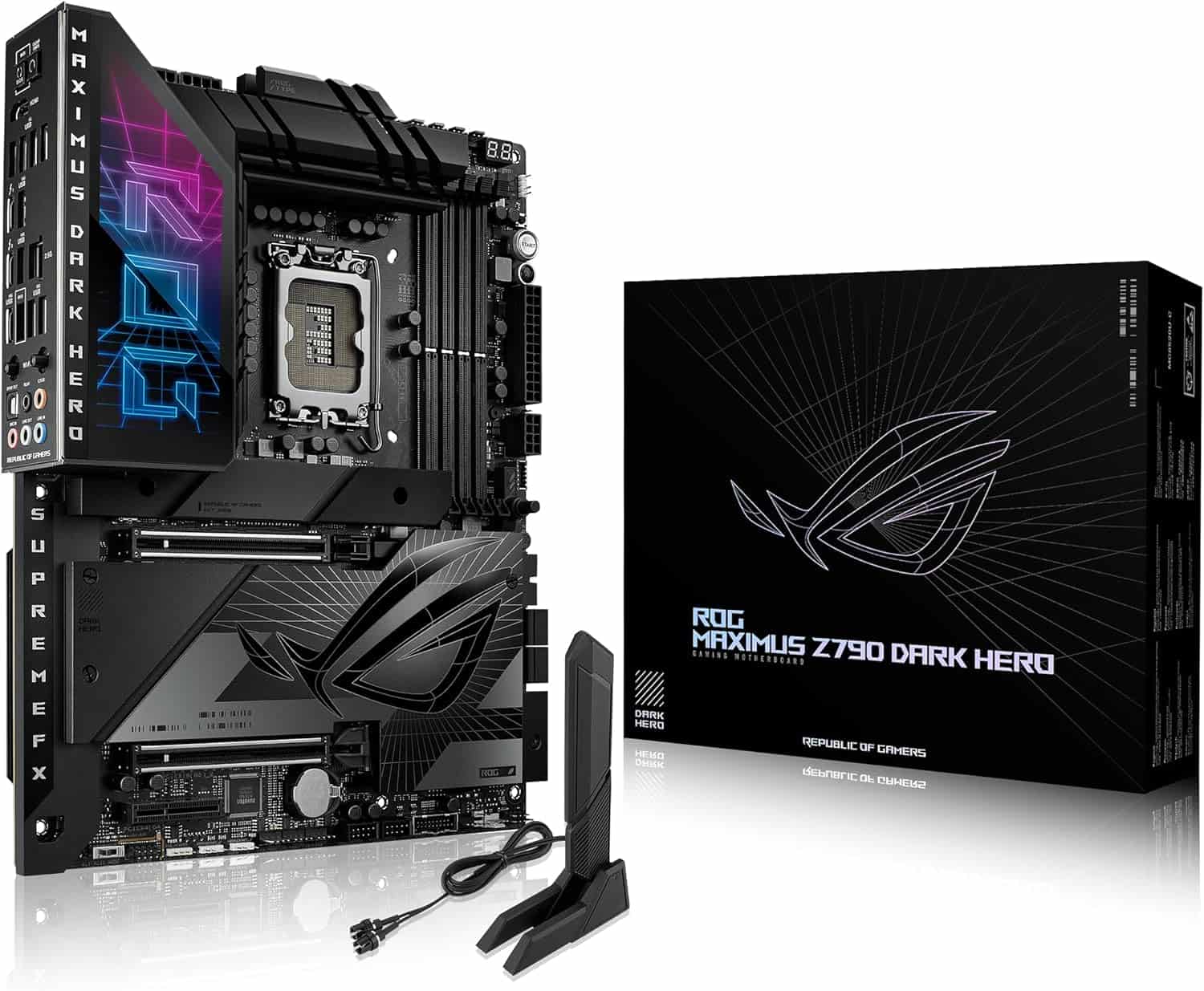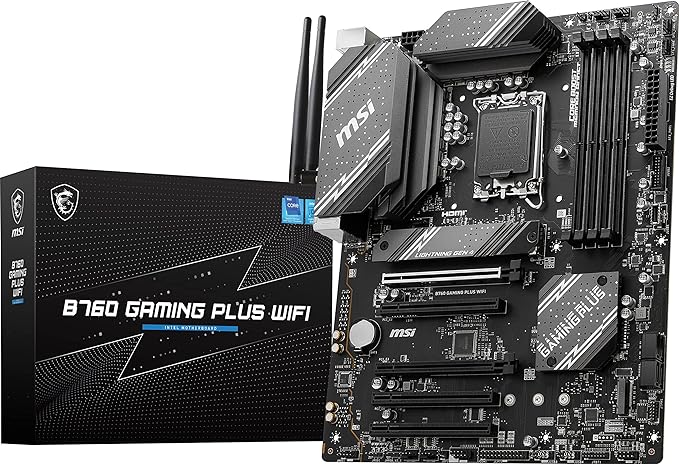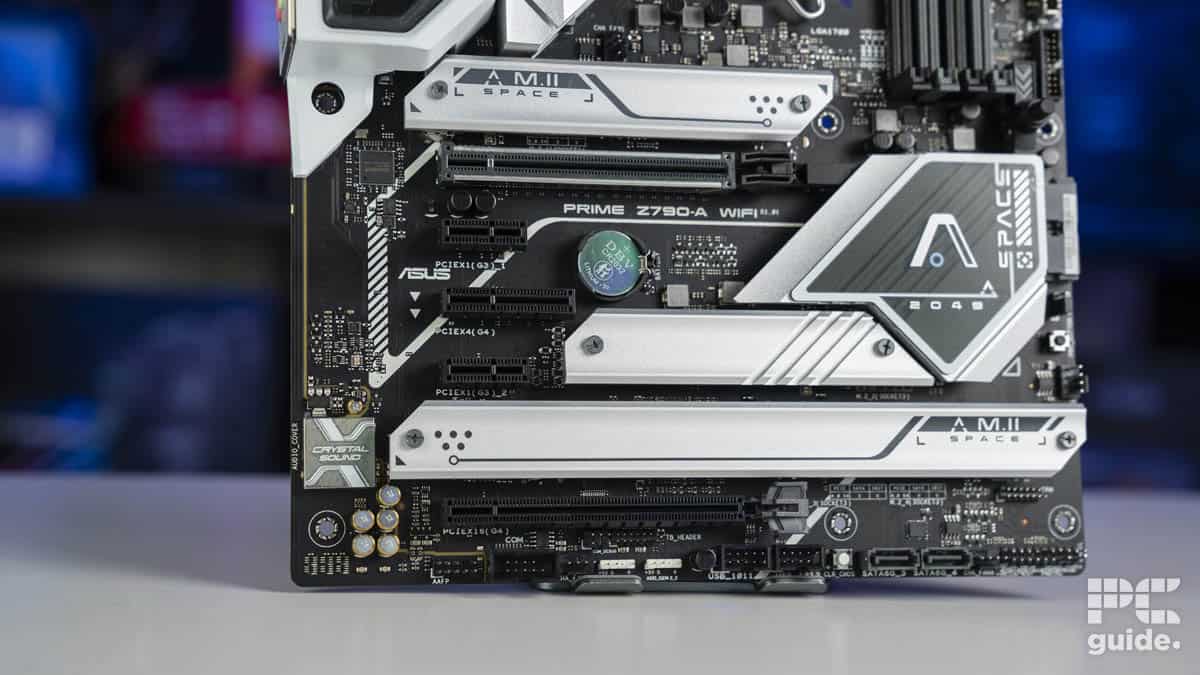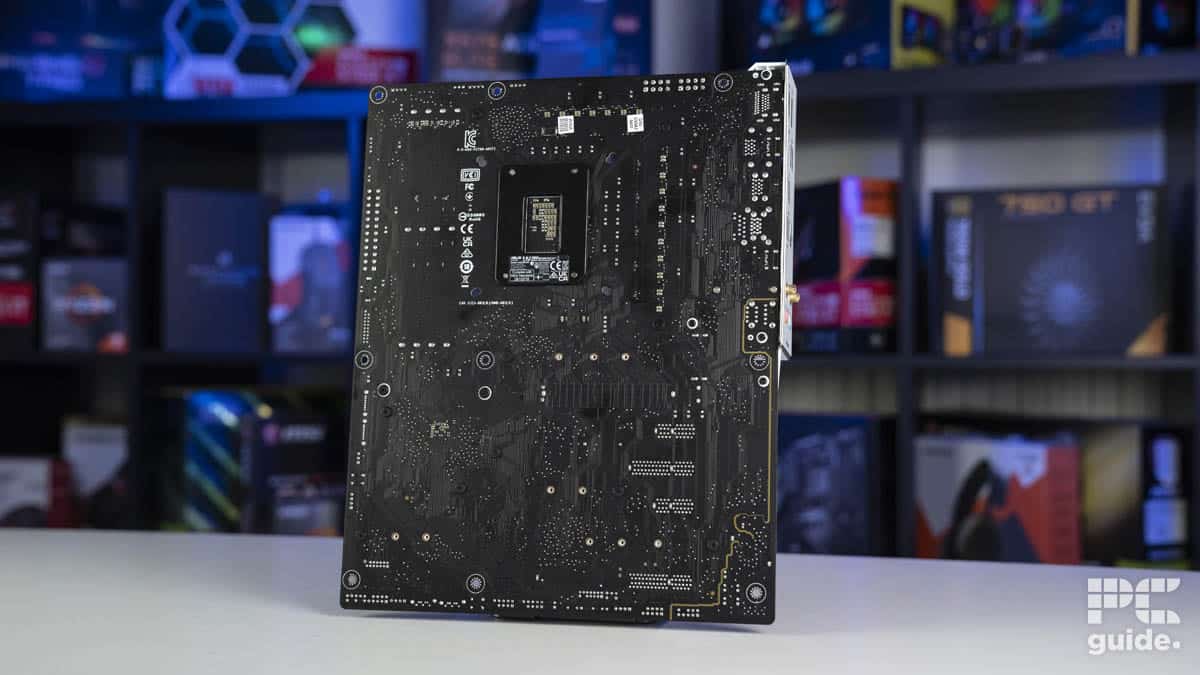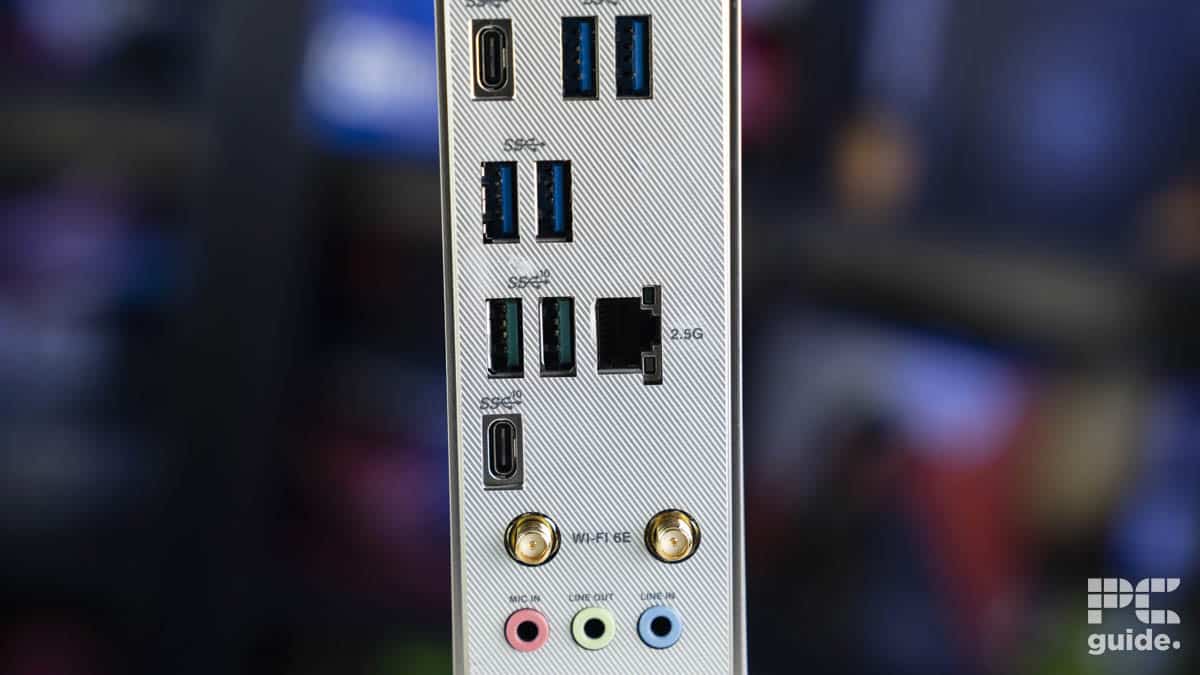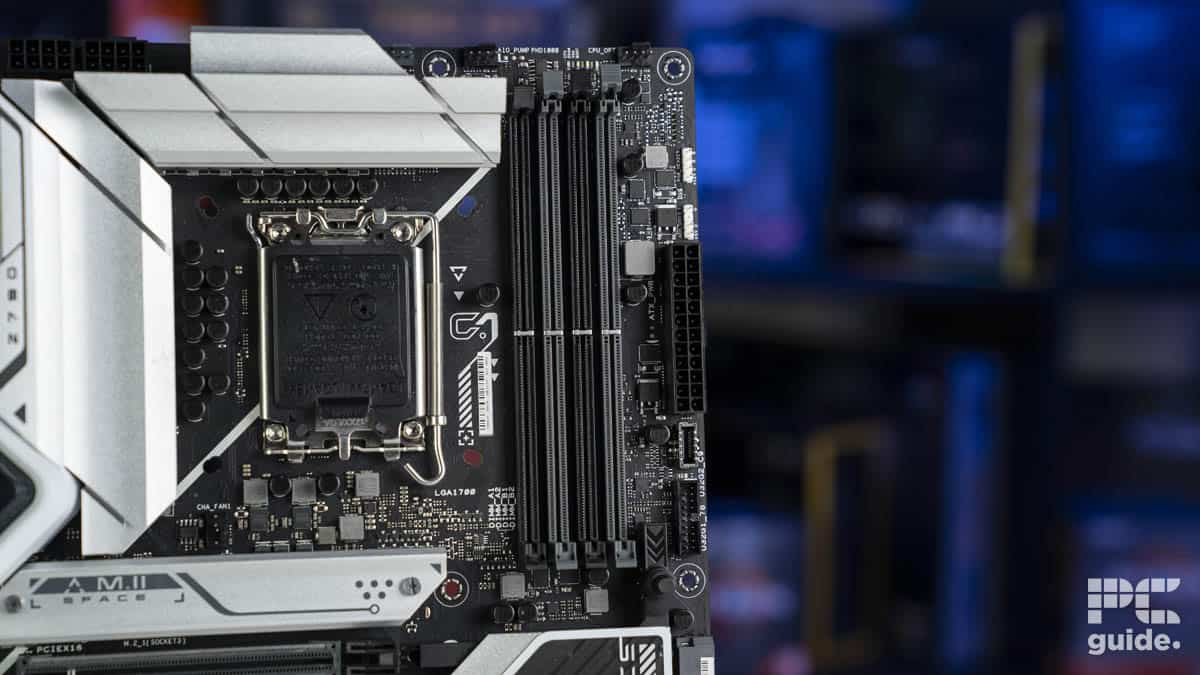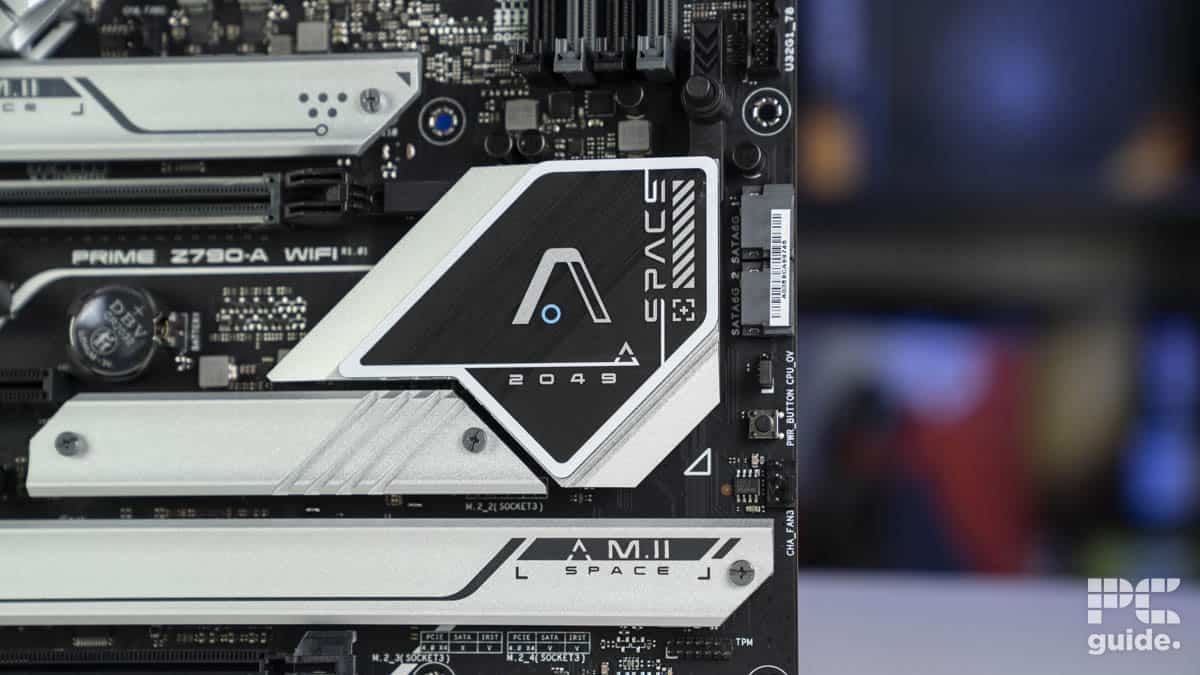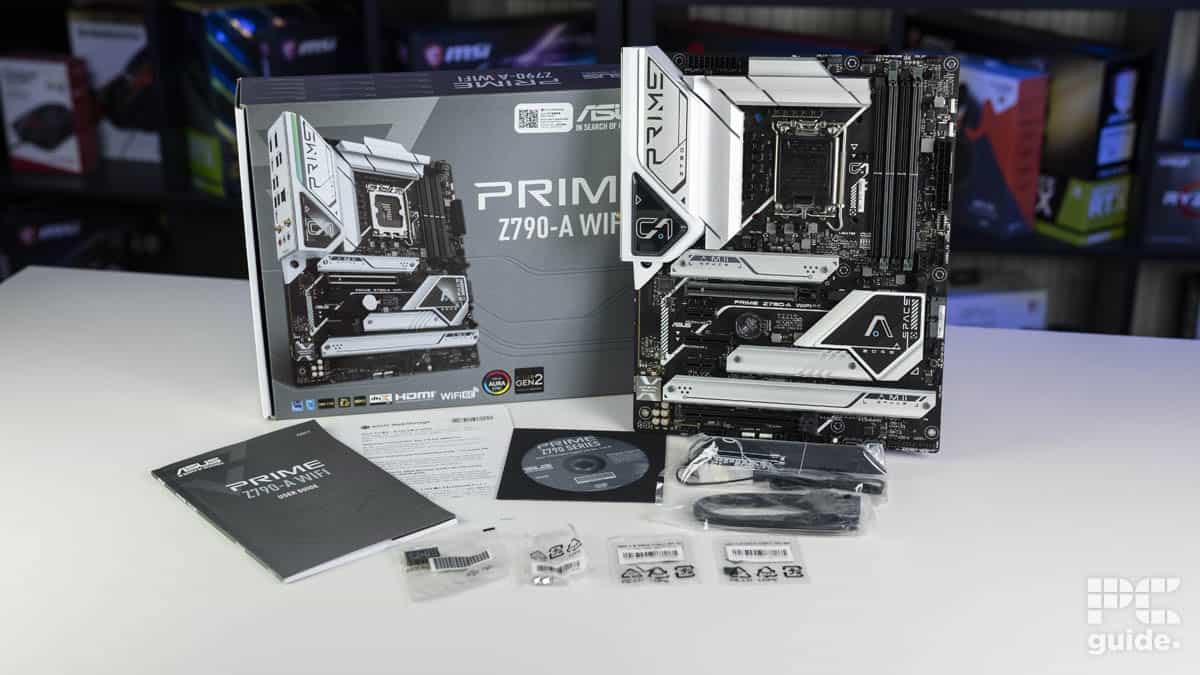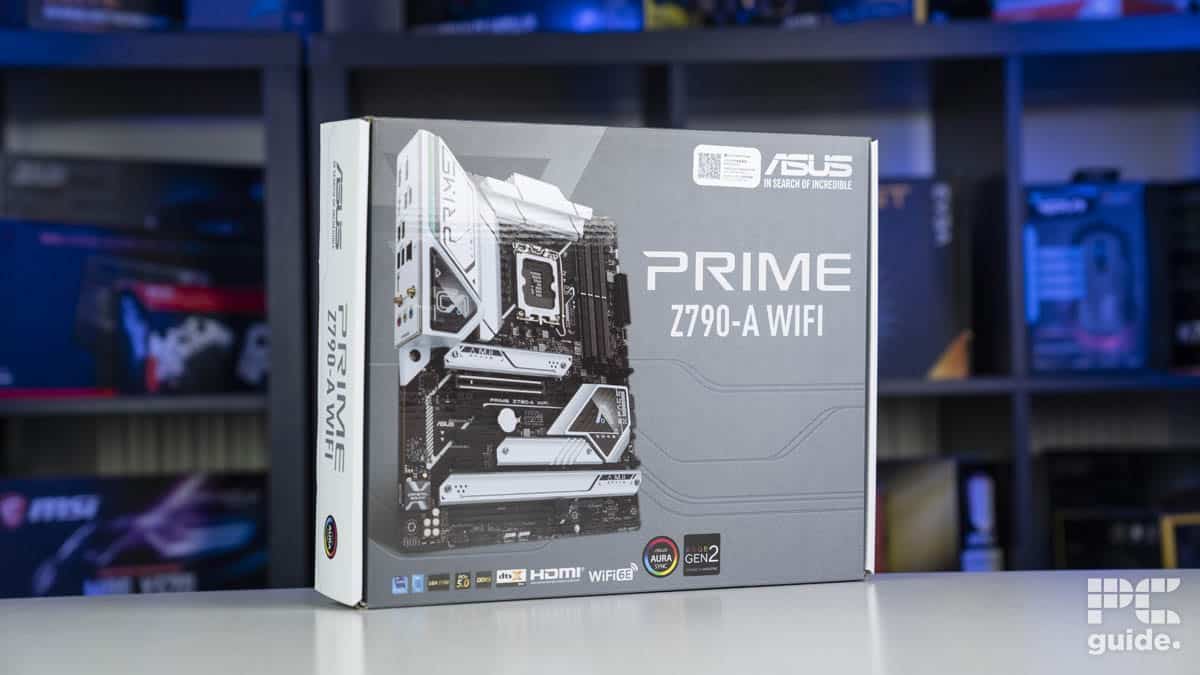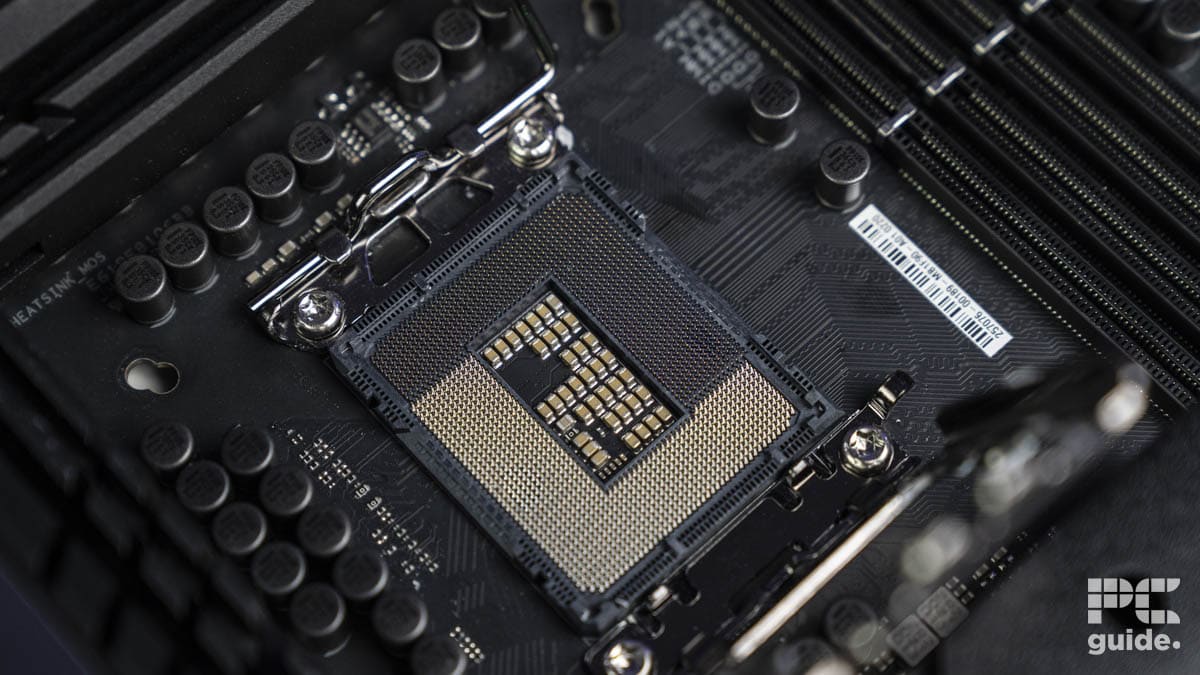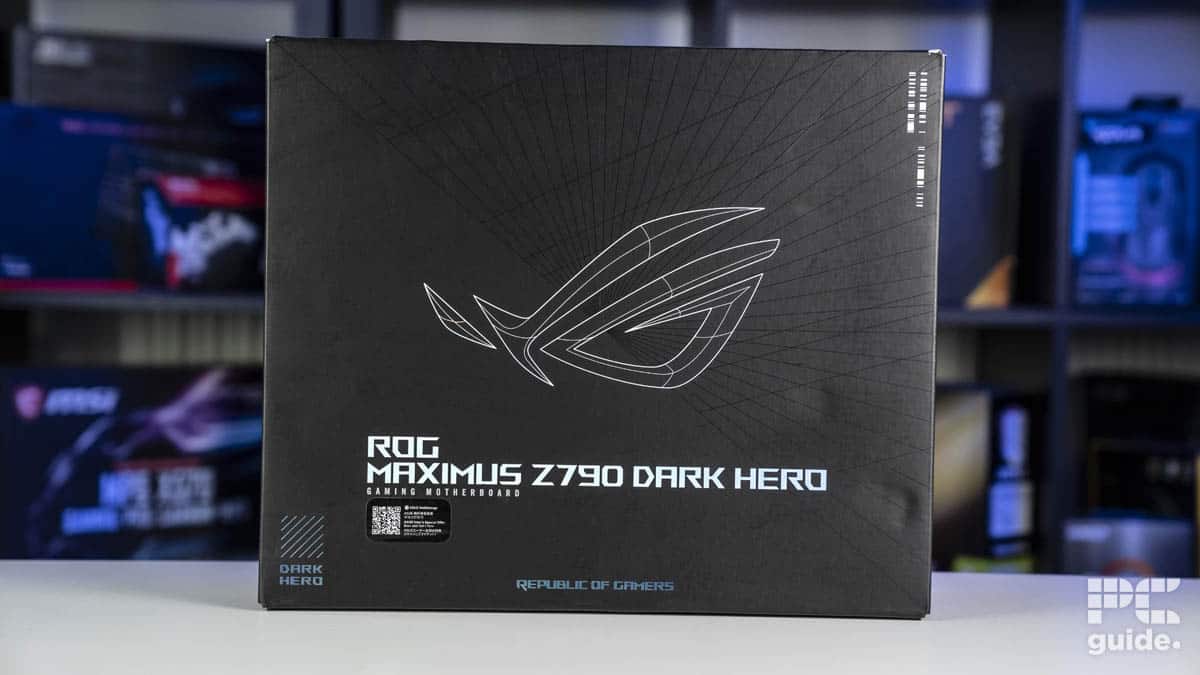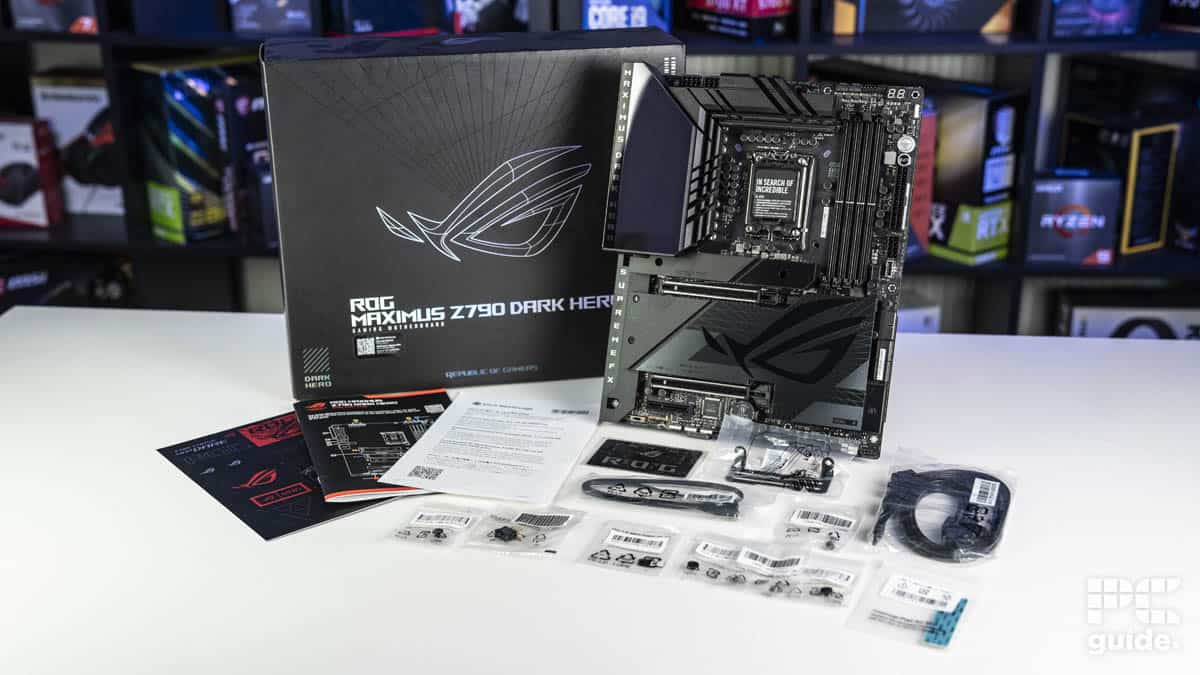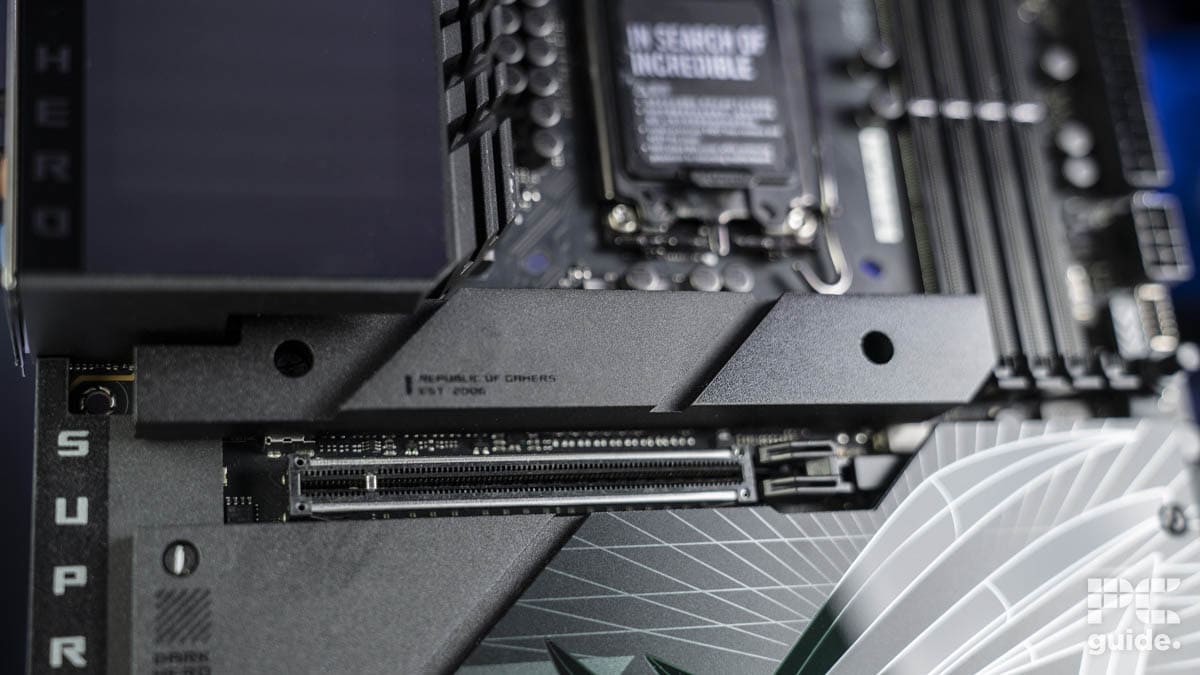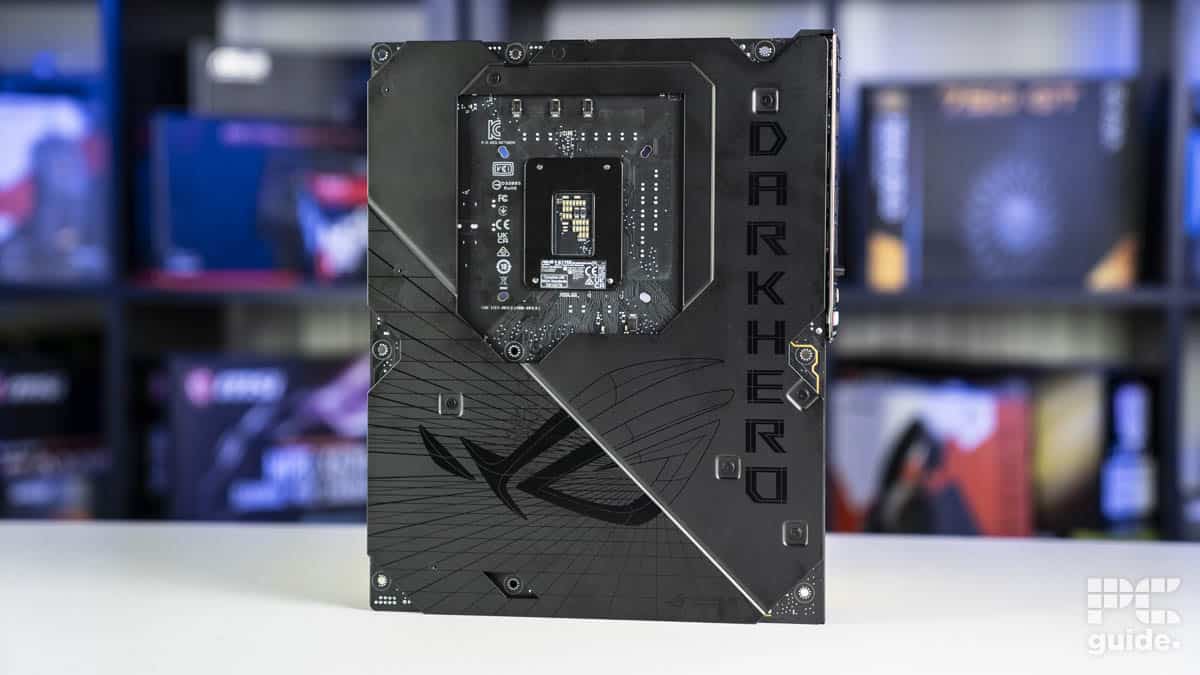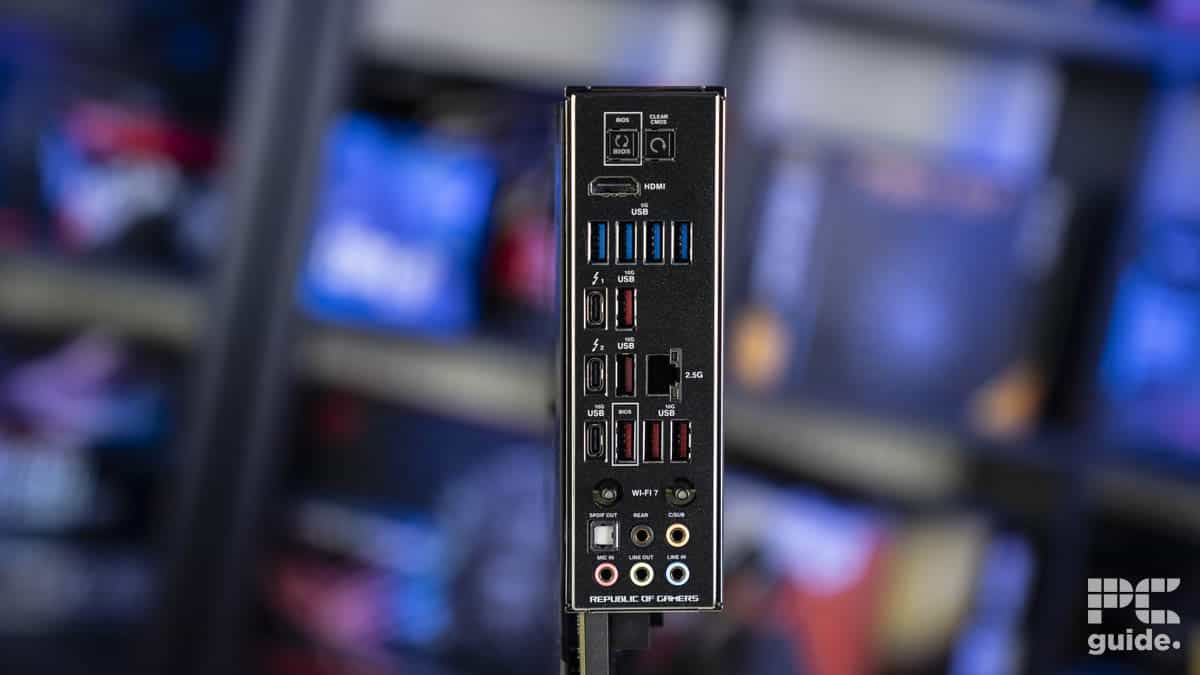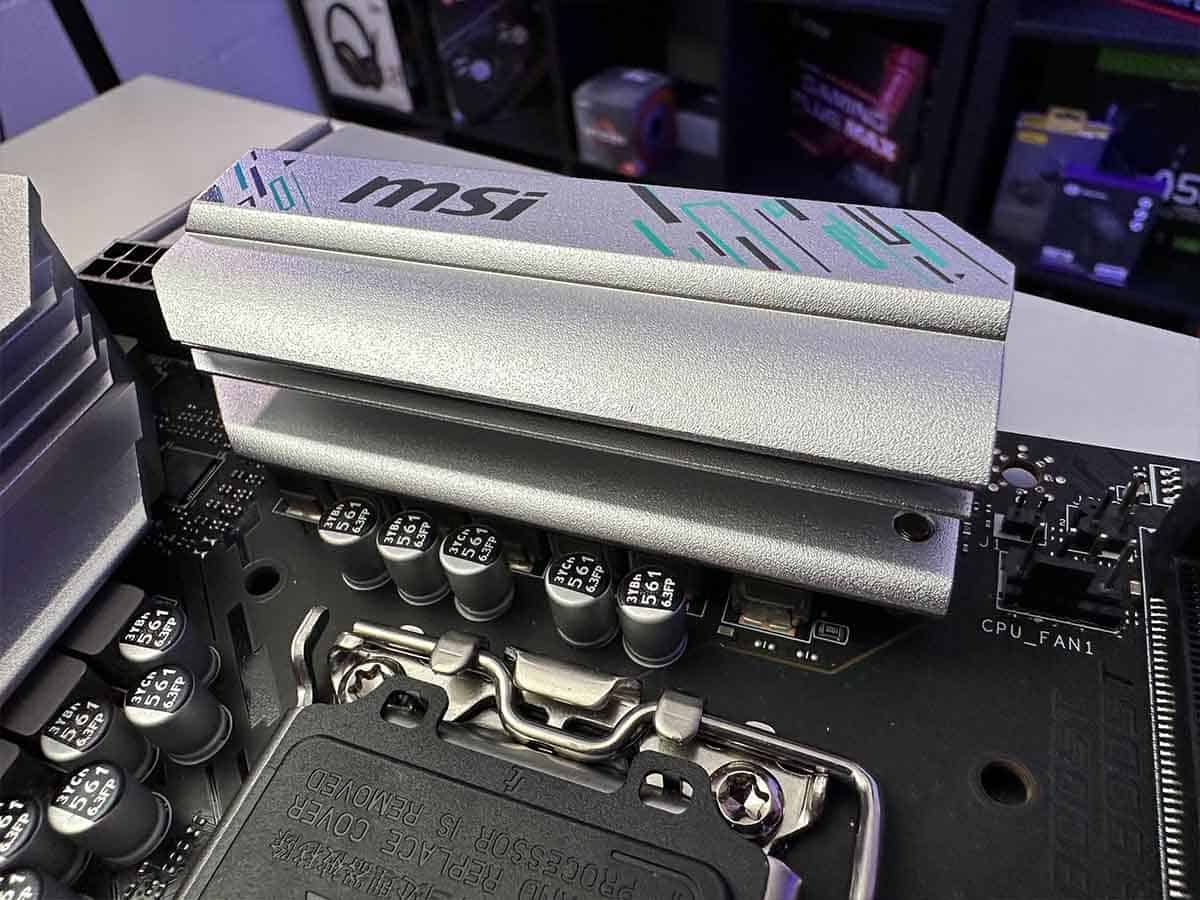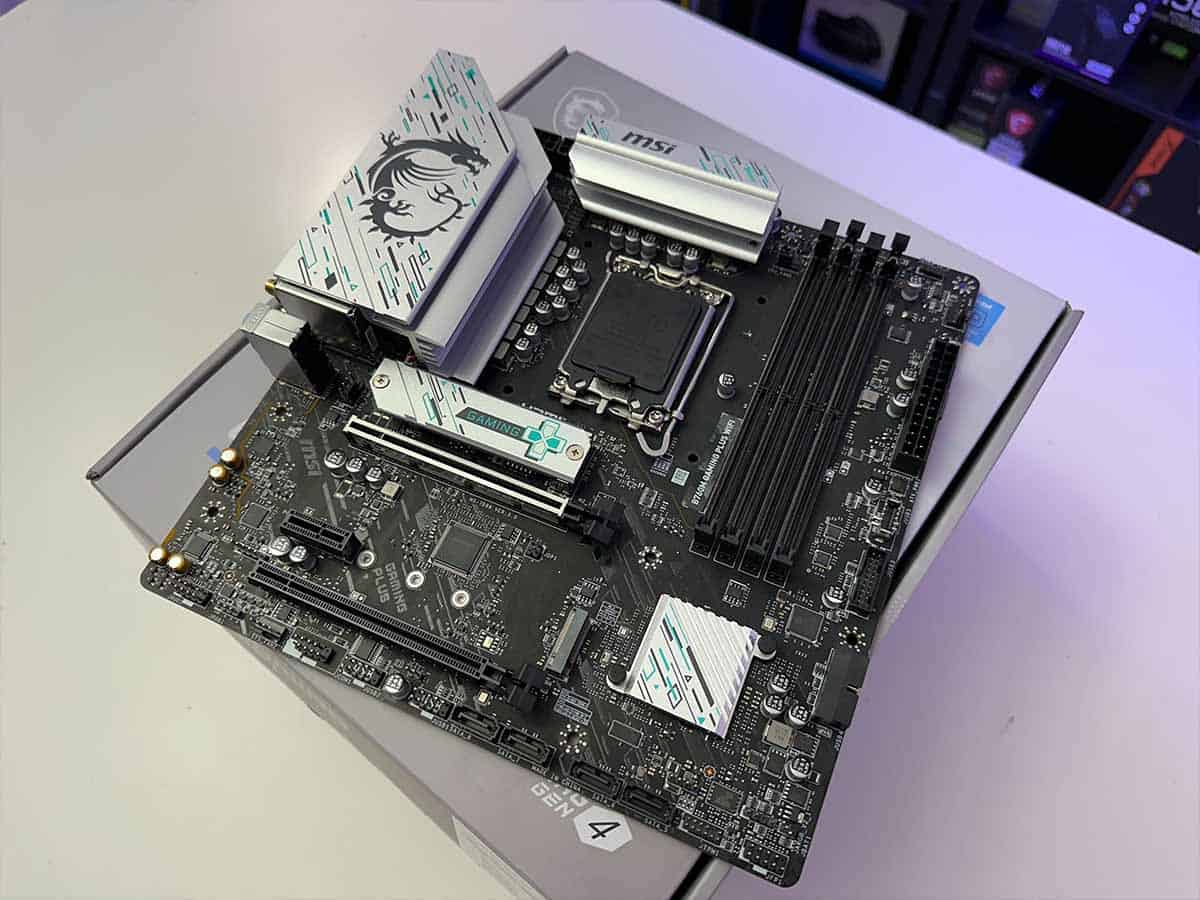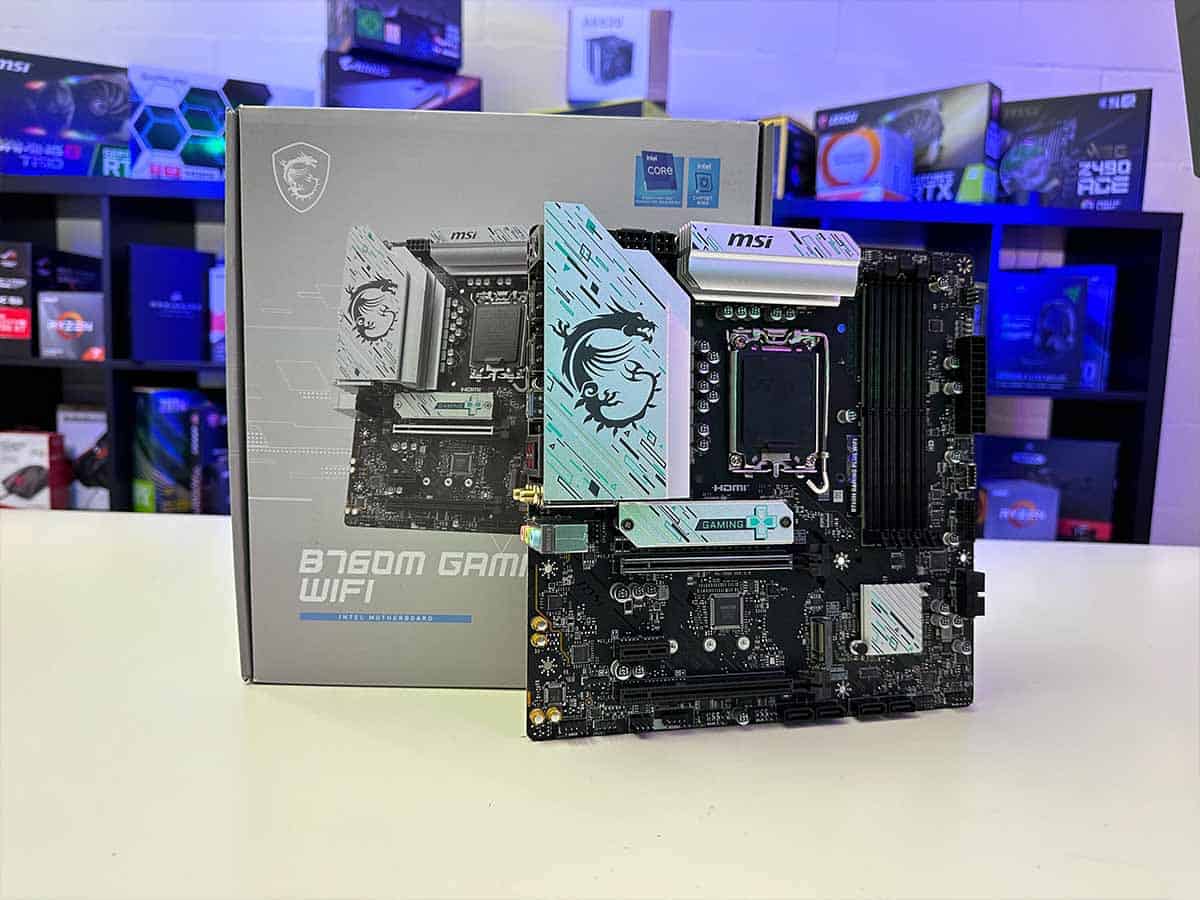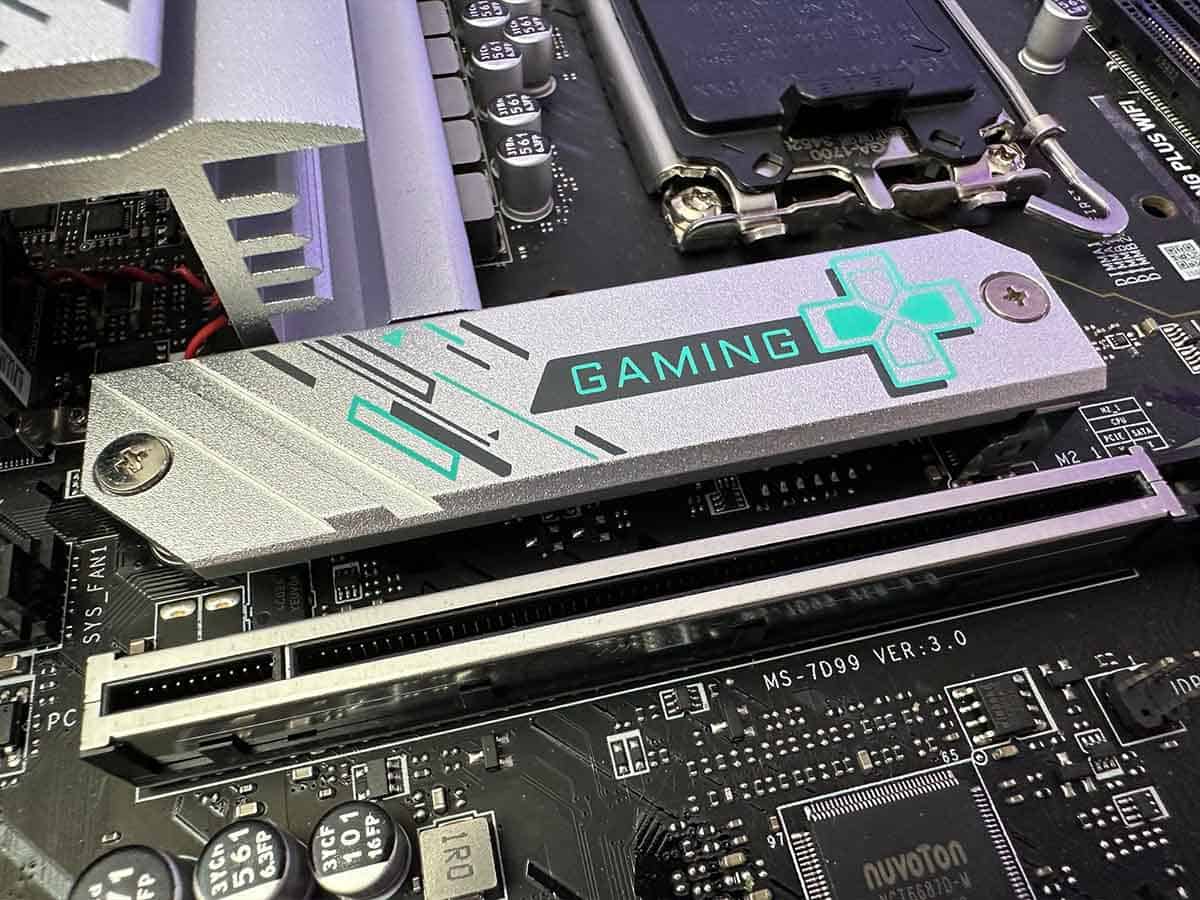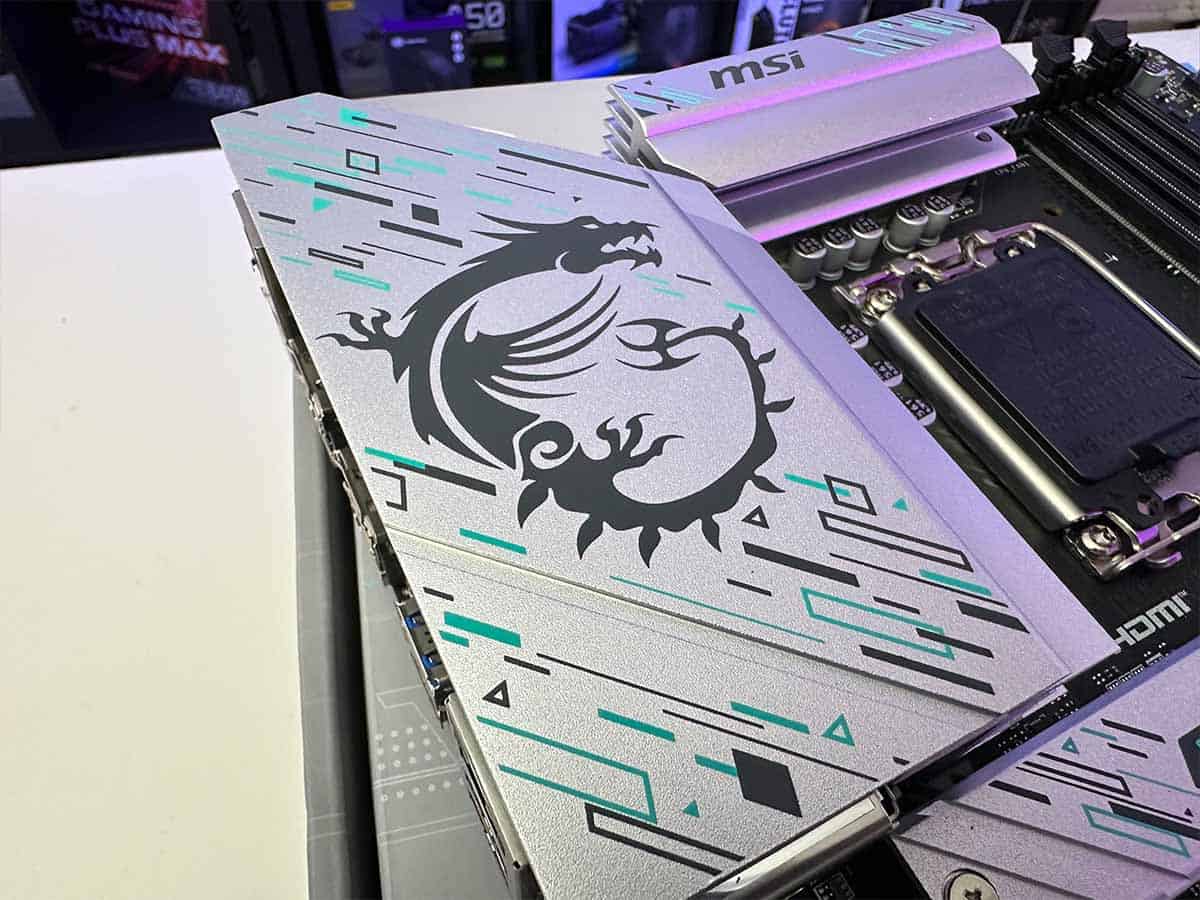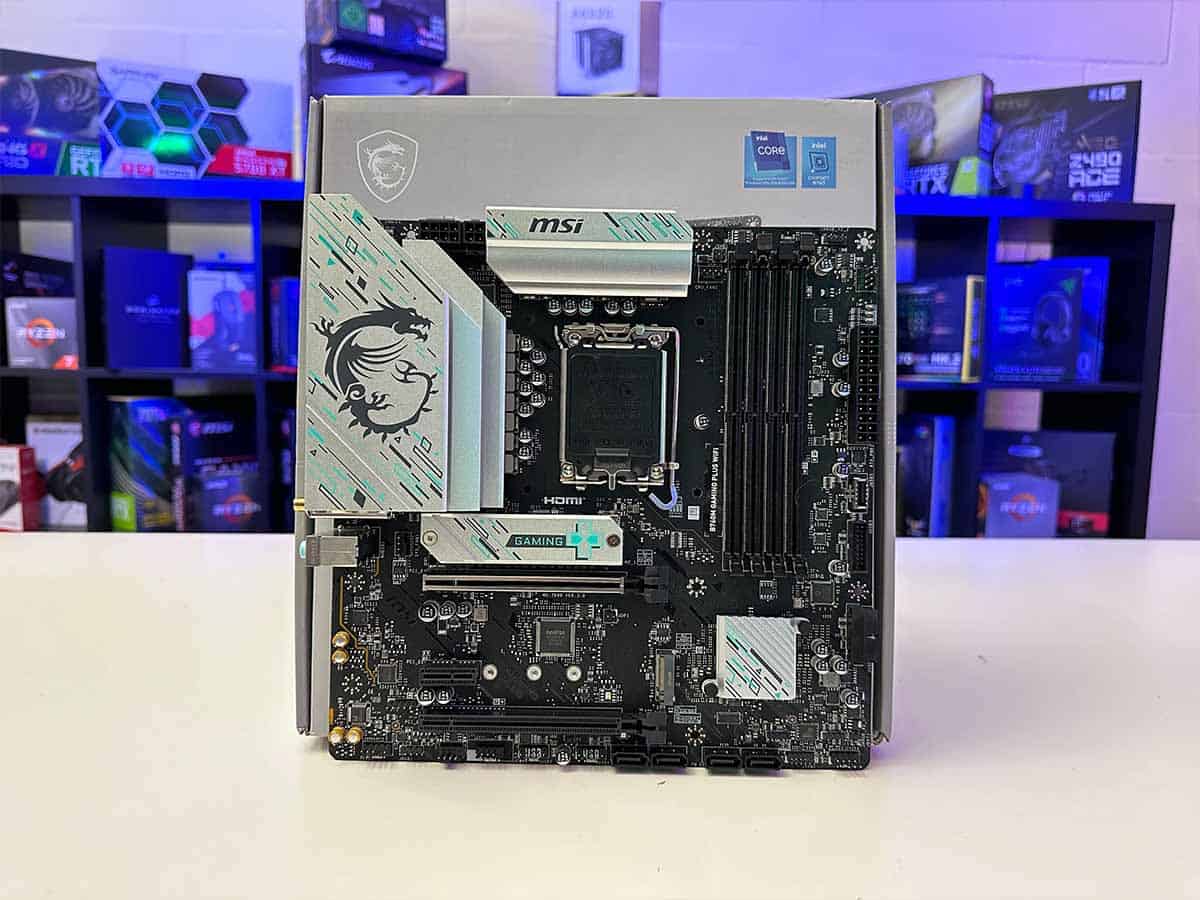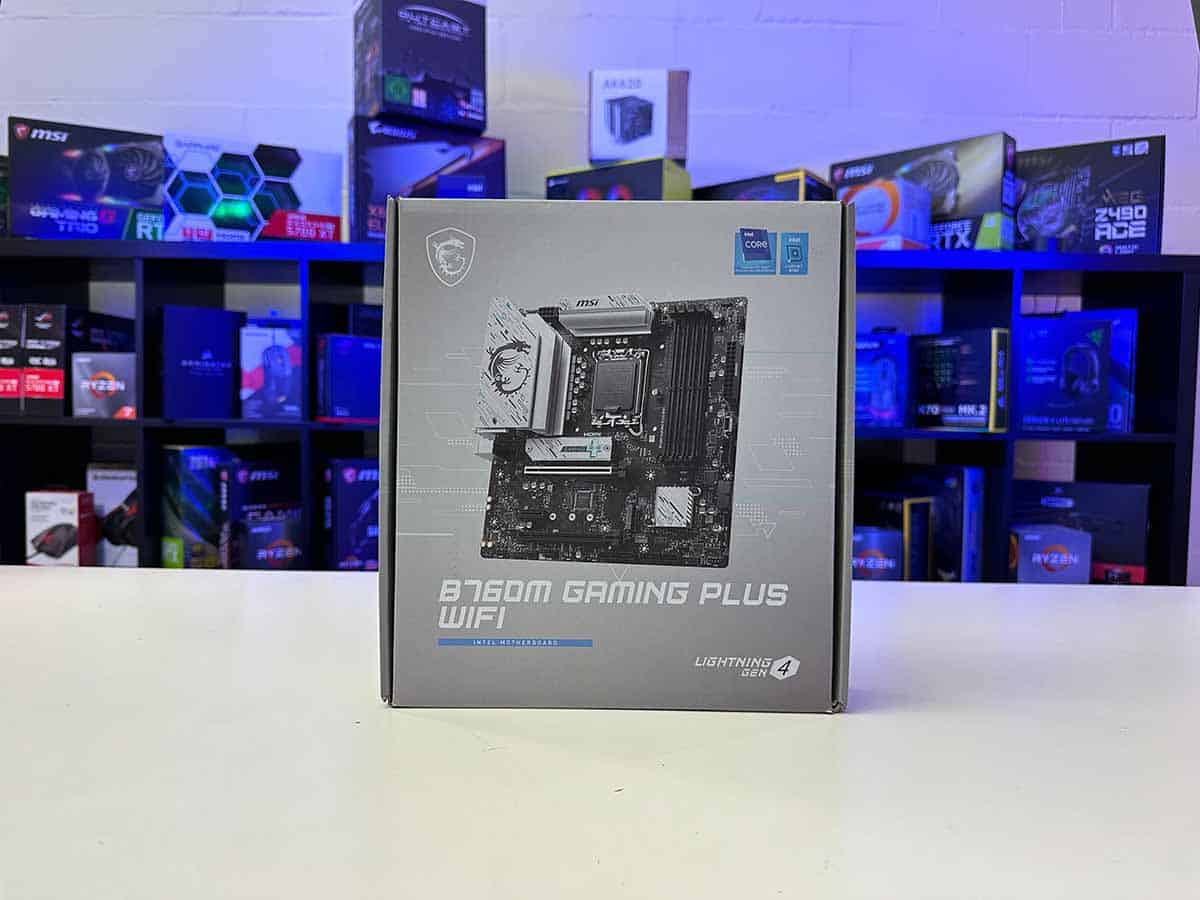Best motherboard for Core i9 14900K in 2025 – our top picks for high-end, gaming, and overclocking
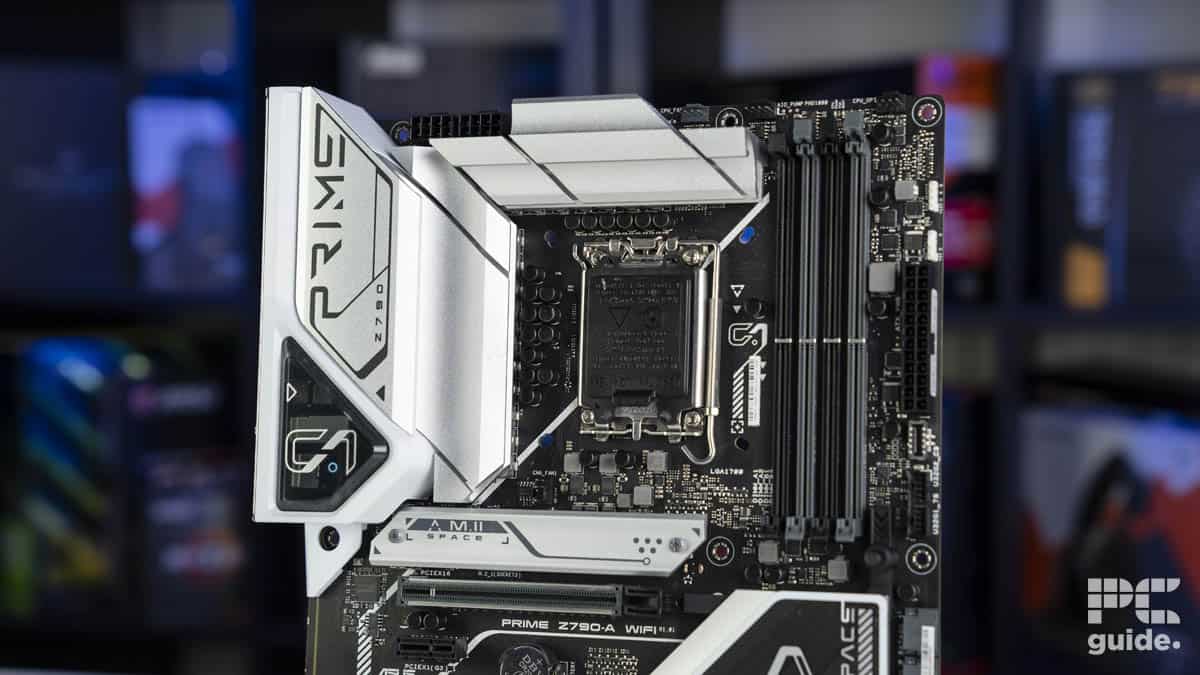
Table of Contents
The Intel Core i9 14900K is the flagship CPU of the 14th generation, the last generation to use the LGA 1700. That said, to get the most out of this beast, it must be paired with a motherboard that can take advantage of its high clock speeds and powerful performance.
Any motherboard with an LGA 1700 socket would work. Still, if you want to take this powerhouse’s performance to the next level by overclocking it, you’ll have to invest in a motherboard with a high-end chipset, VRMs, and cooling solutions to handle the heat.
However, boards that are compatible with the 14900K, especially Z790 motherboards, are expensive if you look for high-end or enthusiast options. Spending a big amount on a platform that has no upgrade path doesn’t make sense, even if this processor has excellent performance and should set you up for years to come.
The alternative is to move to the LGA 1851 platform, but the Arrow Lake processor didn’t offer much of a generational improvement, especially in gaming, as the Core Ultra 9 285K, the 14900K’s successor, couldn’t outperform it. That being said, moving to the new platform would open up the path for an upgrade, but that’d mean you’d have to upgrade your RAM if you don’t already have DDR5 and get a new motherboard and a processor.
To provide you with the best motherboard options for the 14900K, we’ve selected a handful of options based on their price, features, size, and performance as displayed during our in-house testing. So, without wasting another moment, let’s get right to it, shall we?
-
Best overall
ASUS PRIME Z790-A WIFI
- Socket: LGA 1700
- Chipset: Z790
- Form Factor : ATX
- PCIe Version : PCIe Gen 4 Storage – PCIe Gen 5 GPU
- Memory speed : DDR5 7200+(OC)
- Memory capacity : 192GB
-
Best high-end
ASUS ROG Maximus Z790 DARK HERO
- Socket: LGA 1700
- Chipset: Z790
- Form Factor : ATX
- PCIe Version : PCIe Gen 5 storage, Gen 5 GPU
- Memory speed : 8000+(OC)
- Memory capacity : 192GB, DDR5
-
Best budget
MSI B760 Gaming Plus WiFi
- Socket: LGA 1700
- Chipset: B760
- Form Factor : mATX
- PCIe Version : PCIe Gen 4 storage, Gen 4 GPU
- Memory speed : 6800+(OC)
- Memory capacity : 256GB, DDR5
How we picked the best motherboard for Core i9 14900K
Our process of selecting the best motherboards for the Core i9 14900K is rooted in thorough research and an understanding of the evolving demands of the tech community. We begin by analyzing publicly available benchmarks and our very own review of the i9 14900K, ensuring that we consider real-world performance and not just manufacturer claims.
Furthermore, we factor in the board’s feature set, assessing its capabilities in terms of expansion, connectivity, and power delivery. Ultimately, the board needs to keep up with the i9-14900k's 6GHz overclocked turbo boost speed and high specs. Understanding the needs of both gamers and professionals, we look for motherboards that strike the right balance between performance and features, ensuring that they can cater to a diverse range of requirements. Plus, drawing from our motherboard reviews, we have hands-on experience with what they are capable of and how they perform, so they can be an appropriate solution.
Our top picks

- Socket: LGA 1700
- Chipset: Z790
- Form Factor : ATX
- PCIe Version : PCIe Gen 4 Storage – PCIe Gen 5 GPU
- Memory speed : DDR5 7200+(OC)
- Memory capacity : 192GB
- Inexpensive
- Offers a lot for the price
- Great design and aesthetics
- Other boards offer more features
- No pre-installed I/O shield
- Lacks extensive OC support
We reviewed the Prime Z790-A WiFi and found it to be a greatly competent option for an LGA 1700 processor, and it keeps things simple. With a white thermal playing and I/O shield, it is a bit more in line to offer something simple and easy to use, especially if it means you don’t forget the shield install. But it does come in white, so as long as you go for a whole build or are not too bothered by the color of the inside, it’s nothing too intense to worry about.
But then, looking at the performance of the motherboard, we tested its capability in the review with an i5-14600K on board. This showed off its capability of providing plenty of power to the processor and doing so over sustained periods with fairly decent efficiency. The test showed its package power runs up to even 160W for the i5 CPU, whilst it never breached 45°C across the motherboard, which is very important for keeping the power delivery on point.
The ASUS Prime Z790 is a no-thrills motherboard that can give you the best price to performance ratio of any Z790 on the market. It'll allow your CPU to stretch it's wings, and the design fits almost any build aesthetic.
Jack Howarth, PC Guide
There are also plenty of nice-to-haves on the motherboard, including the ports available to you. There are seven USB Type A and one Type-C port for any peripherals and plug-ins you want, along with both DP and HDMI ports for any onboard graphics connection. There is also a strong selection of audio jacks and even a PS/2 port. Then, there is a surprisingly strong internet setup with both a WiFi 6 module and 2.5 Gbps Ethernet for a rather fast connection.
Along with the inclusion of a PCIe 5 GPU slot, it has a solution for next-gen graphics, even if the three NVMe slots are all only PCIe Gen 4. But overall, it provides a great middle ground for what motherboards offer, without charging near the price of the CPU at the same time.
This motherboard also has a robust power delivery system. The 14 + 1 DrMOS delivery system ensures the power gets adequately filtered and stabilized before reaching the CPU. This is crucial if you plan on overclocking your CPU, and given how power-hungry the 14900K already is, the cleaner power it gets, the better it’ll perform.

- Socket: LGA 1700
- Chipset: Z790
- Form Factor : ATX
- PCIe Version : PCIe Gen 5 storage, Gen 5 GPU
- Memory speed : 8000+(OC)
- Memory capacity : 192GB, DDR5
- High performance
- Great power delivery
- Superior build quality
- Expensive
- Heavy to pick up if you struggle with wrists
- ASUS Armoury crate is still bad
On the other hand, the ASUS ROG Maximus Z790 Dark Hero is quite a high-end and expensive motherboard you may consider for the 14900k. It bulks up in thermal cooling with dark plates and LED screens all over, spiking up the price and quality. Certainly making it a lot heavier, and much harder to install and move around, but a lot easier to use and get more out of it, thanks to the features on board.
As you can expect, there’s plenty of power and performance on board that you can take advantage of. The package power with two EPS power connectors to the 14600K (in our tests) is capable of supplying over 180W to it, letting it unleash its full potential as long as you have it all unlocked, just don’t go overboard burning out your processor. Even so, it has bulky cooling on its VRMS and power delivery as they reach even 50°C, running all that power.
However, since our test bench is open and not inside a PC case, the cooling isn’t as efficient as it would be inside a case with properly oriented case fans. So, if you’ve got good fans like the 140mm case fans, you should be able to keep this board running even cooler.
The Dark Hero is one motherboard that means business, it is built for enthusiasts who want to make the most out of their CPU with overclocking. The motherboard's robust power delivery system facilitates this beautifully, and it's packed with all the lastest high-end features and connectivity.
Jack Howarth, PC Guide
Thanks to its high-end specs and features, there are plenty of IO options to utilize and plug in all your accessories and peripherals. It offers a total of six 10 Gbps USB ports (5 Type A, 1 Type C), four 5 Gbps Type-A USB ports, and two Thunderbolt 4 Type-C USB ports. Along with that, the connectivity is speedy and robust with both a 2.5 Gbps Ethernet port and WiFi 7, offering a top way of connecting to your motherboard and doing tasks on the net and home network.
Furthermore, the inclusion of gold-plated audio jacks and S/PDIF out ports provides a premium offering for those who know what they want and what they are doing. But also, the BIOS Flash and Clear CMOS button make it so much easier to build with it and diagnose any issues, which the error codes inside help with.
The premium features also come with the onboard features. There is both a PCIe Gen 5 slot for your NVMe SSD and GPU, giving you the fastest option available even for years to come. So, combined with the overclocking potential on the motherboard with its 20+1+2 power stage setup and cooling on those, and all the fan connectivity, lets you create quite a powerful and top-end machine.

- Socket: LGA 1700
- Chipset: B760
- Form Factor : mATX
- PCIe Version : PCIe Gen 4 storage, Gen 4 GPU
- Memory speed : 6800+(OC)
- Memory capacity : 256GB, DDR5
- Inexpensive
- Very good performance
- lightweight, small
- Aesthetically pleasing
- Not as many features as other motherboards in price range
- No protective backplate
- Gets hotter than some motherboards
- Only 2 M.2 slots
If you’re going for cheaper yet still good value, the MSI B760 Gaming Plus might be more down your street. Keeping things simple and nonfancy, it foregoes any extras on top, as it’s mostly a barebone PCB in its design. However, it is important to ensure the chipset and VRMs are still passively cooled, at least with some substantial heatsinks on some of those. However, it does omit some nice-to-have features, including a preinstalled IO shield on it.
In our review, we see the power and temps jump up high, but surprisingly, a lot. Considering it has one and a half EPS ports for the processor, you can still supply a lot of the power requirement without overheating, as the cooling is clearly substantial enough for the power solution it uses.
This motherboard is a fantastic pick for those looking for performance on a budget, it doesn't offer a lot in terms of features but it makes up for that in terms of power. The cost is low and the potential is high, what's not to love?
Jack Howarth, PC Guide
As for connectivity, it doesn’t cut as much as we’d expect. It has six rear USB A ports ranging from 2.0 to 10 Gbps, which lack any USB C but still have a good number of speed options. It also offers a WiFi 6E module on board and a 2.5 Gbps Ethernet port, making it a speed solution for the small motherboard. Along with a couple of HDMI 2.1 and DP 1.4 for onboard graphics, it has a couple of HDMI 2.1 and DP 1.4 for onboard graphics.
As for the PCIe lanes, being a cheaper option, it lacks any PCIe 5 support. Instead, offering just X4 for both graphics and storage options. Not only does this save costs, but also space, considering the micro motherboard saves some space. So altogether, that does limit its features and capabilities.
The MSI B760 has a 12 + 1 + 1 power delivery system. The triple design means the power gets filtered thrice and through multiple stages. While it isn’t at the same level as the high-end board with 20+ stages, it still has the 14600K to perform the best out of all the boards we tested.
That said, during our testing, we saw a maximum power draw from the wall socket of 337.9W, while the CPU got a maximum of 194.4W while running Blender Classroom, which is 13.4W higher than this processor’s PL1. This goes to show that you don’t need to spend hundreds of dollars to get the best performance.
How to pick the best motherboard for 14900K
There are a handful of factors that you need to keep in mind before purchasing any motherboard, whether for the 14900K or the 7900X. We’ve listed some of them below to help you make an informed decision.
Budget
The Intel Core i9 14900K is the flagship processor of the 14th generation, and that means it isn’t cheap. That also means that to get the most out of it, it needs to be paired with the right components that complement its performance and help it push its limits.
So, if you’ve the funds, you can opt for a motherboard with a high-end chipset, as it will have all the features and cooling solutions necessary to maximize the chip’s performance. However, if you’re operating on a budget or don’t have enough on hand after purchasing the 14900K, it would be best to filter the options available based on your budget.
This will help you filter your options and present those boards that offer a good balance between performance and value.
Expansion slots
The expansion slots somewhat go hand in hand with the motherboard’s form factor. For example, an ATX motherboard would have more RAM and M.2 slots than a Micro ATX board. That said, many would rather have more expansion slots to build the ultimate overkill build with this CPU, but there is nothing wrong with opting for a board with fewer slots.
64GB of DDR5 RAM should be more than enough for productivity and gaming, but you would still have the option to increase it by purchasing higher-capacity RAM sticks. The same goes for storage devices, which also depend on your PC case. If you’ve got a micro ATX case, you’ll have to get an M-ATX board and powerful cooling solutions like the best CPU cooler for 14900K to ensure it doesn’t overheat, as in a low-profile build, components are cramped together.
What motherboard is compatible with the 14900K?
Any motherboard that has an LGA 1700 is compatible with the 14900K. These include the range of H61, B660, H670, Z690, B760, H770, and Z790 chipsets. Any of these will be able to fit the CPU and work with it. But what they offer varies, as some limit the overclocking or speeds depending on their standard.
What motherboard to pair with 14900k?
Depending on your needs and budget, there’s a range of motherboards to choose from. In our list of recommendations, the likes of the ASUS Prime Z790-A, ROG Maximus Z790, or MSI B760 Gaming Plus are the top choices for the 14900K. But models are less important, but chipsets’ offerings are more important. For example, the Z790 unlocks everything, while the H770 and B760 are more limited.

